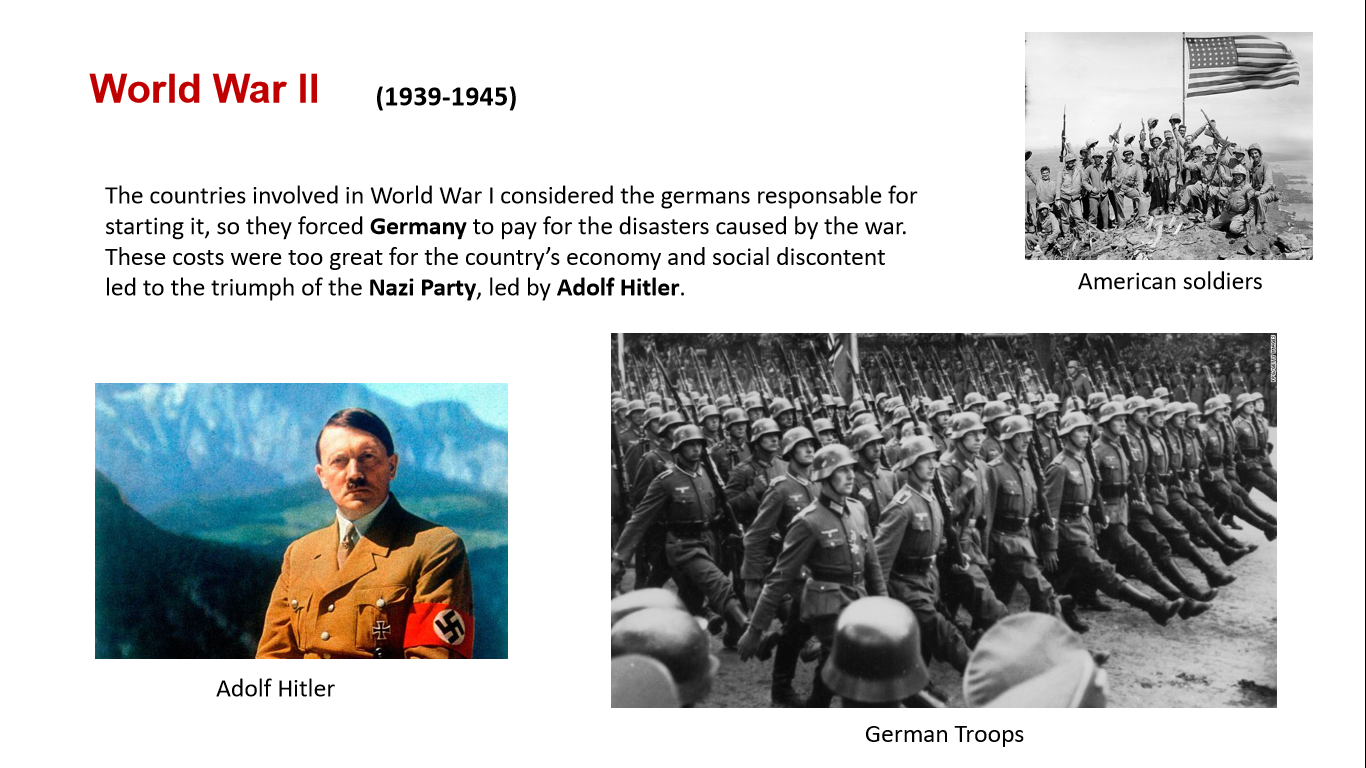Pearl HarborThe Attack on Pearl Harbor happened on December 7th, 1941. Japanese airplanes made a surprise attack on the US Navy in Pearl Harbor. They destroyed many ships and killed many soldiers. It was this attack that forced the United States to enter World War II.
 |
| Japanese fighter |
Where is Pearl Harbor?
Pearl Harbor is located in Hawaii on the island of O'ahu. Hawaii is located in the Pacific Ocean between California and Japan. During the time of World War II, Hawaii was not a state, but a US territory.
Before the Attack
World War II had been raging in Europe and Asia for two years, but the United States had not entered the war. The Empire of Japan was trying to take over much of Asia and was worried about the US Navy in Hawaii. They decided to strike in order to prevent the United States from attacking them.
The Japanese thought that if they took out the war ships in Pearl Harbor, then the United States Navy would be crippled and would never attack. However, they were mistaken and the attack on Pearl Harbor had just the opposite result. The US declared war the next day.
The Attack
The attack on Pearl Harbor came as a complete surprise. Hundreds of Japanese fighter planes and bombers flew to Pearl Harbor and attacked. The bombers dropped bombs and torpedoes on the war ships, while the fighter planes attacked the US fighter planes on the ground so they could not take off and fight back. There were two waves of attacks and by the end of the second wave a number of US ships were destroyed.
 |
| USS Arizona sinking |
The Atomic Bomb
Deciding to Drop the Bomb By the time the first atomic bomb had been made, Germany had already surrendered and World War II in Europe was over. Japan was defeated as well, but would not surrender. The US was contemplating an invasion of Japan. Army leaders figured that anywhere from 500,000 to 1 million US and Allied soldiers would die in an invasion. President Truman decided to drop the atomic bomb instead.
Hiroshima
On August 6, 1945 an atomic bomb named Little Boy was dropped on Hiroshima, Japan by the USA. The explosion was huge, the city was destroyed, and tens of thousands of people were killed.
Nagasaki
Despite witnessing the terrible destruction of the bomb on Hiroshima, Emperor Hirohito and Japan still refused to surrender. Three days later, on August 9, 1945, another atomic bomb, nicknamed Fat Man, was dropped on Nagasaki, Japan. Again the devastation was horrible.
 |
| Nagasaki |























